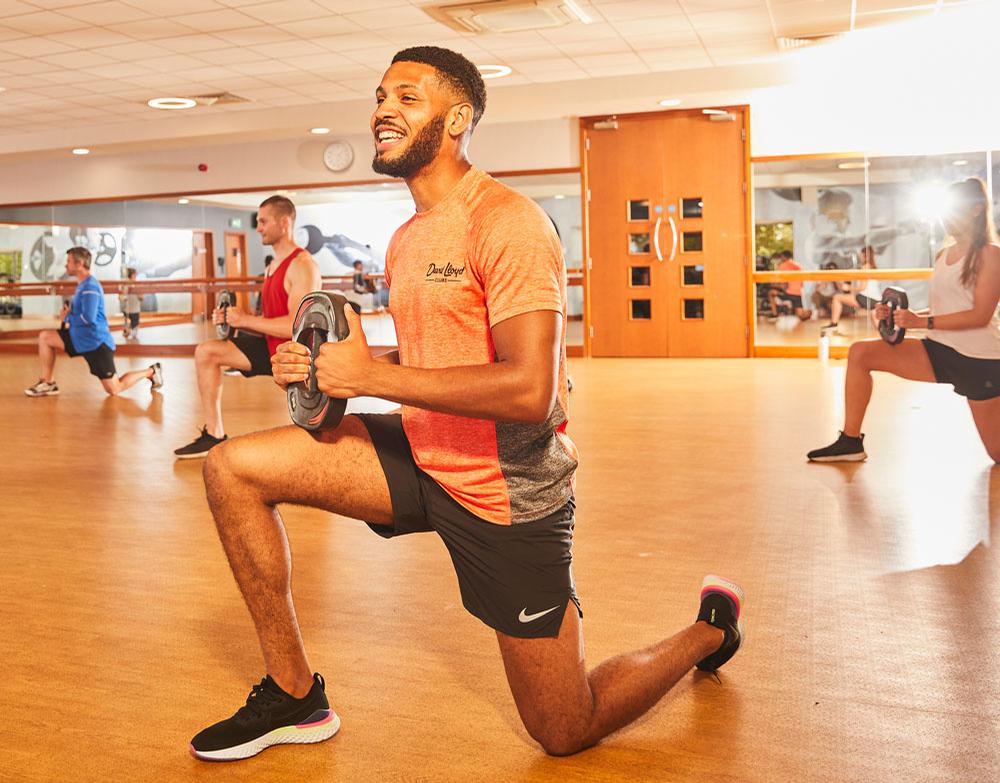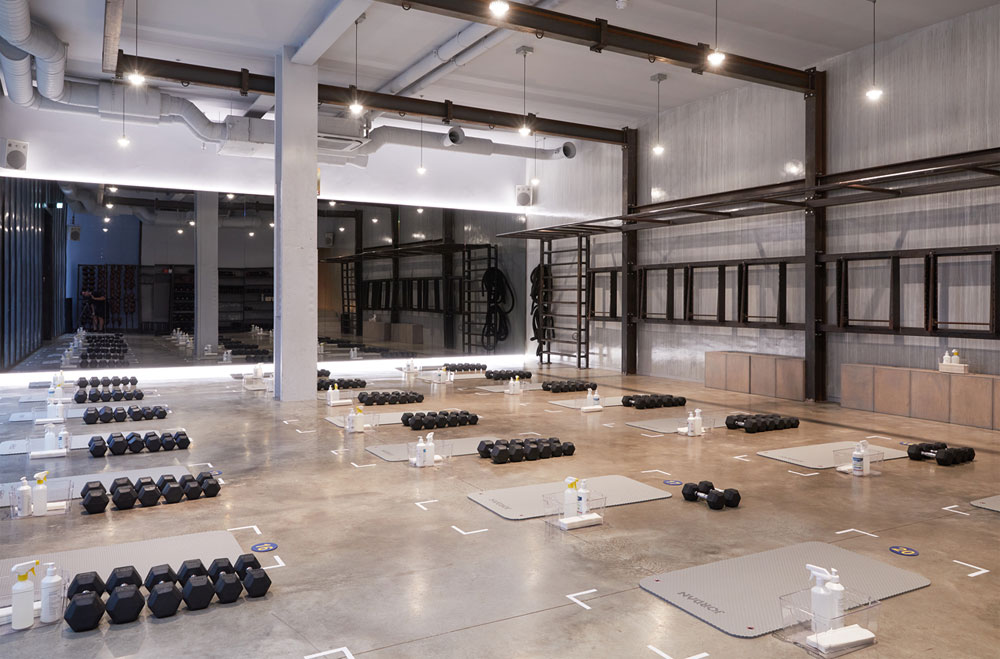
There is frustration among ukactive members, says Alstead / photo: ukactive
While the Government’s reopening roadmap for England prioritised indoor gyms, pools and leisure centres in the first available stage for indoor venues (from 12 April), we were very disappointed that indoor exercise classes featured in a later stage, being unable to reopen until 17 May at the earliest.
Many of our members have group exercise as an integral part of their service offering, with boutique studios having this at their core, which means either they cannot reopen or it is not economically viable to reopen on 12 April if they are commercially reliant on classes.
There is understandable frustration because indoor classes are led by responsible trainers in accordance with the sector’s safety guidance.
When ukactive co-developed the framework for reopening with the government, we included indoor group exercise, focusing on maintaining social distancing, wiping down equipment between uses, ensuring a maximum occupancy based on 100sq ft, as well as having a track and trace system already in place.
We must continue to highlight to the government the strict safety measures in place. Alongside this, we have also proven an extremely low prevalence of COVID-19 among people who have visited fitness and leisure facilities, with ukactive providing the government with data from more than 2,000 sites, based on 75 million visits, showing an overall rate of just 1.7 cases per 100,000 visits (from July to December 2020), with no indication that these people caught COVID-19 at the gym or had it when they visited.
This decision could also have a detrimental impact on people served by a myriad of classes, such as older adults requiring strength classes which help prevent falls; cancer patients requiring prehab and rehab services; and those requiring weight management programmes. From our data we know the prolonged closure of group exercise will also disproportionately affect women.
In the meantime, group exercise classes are due to take place outside from 29 March. Many of our members with outdoor space are setting up equipment in the fresh air, following COVID-secure guidelines and the guidance on what is considered ‘outdoors’ when it comes to coverings. Our team is available to advise members on how to do this legally.
From our data we know the prolonged closure of group exercise will disproportionately affect women



























































